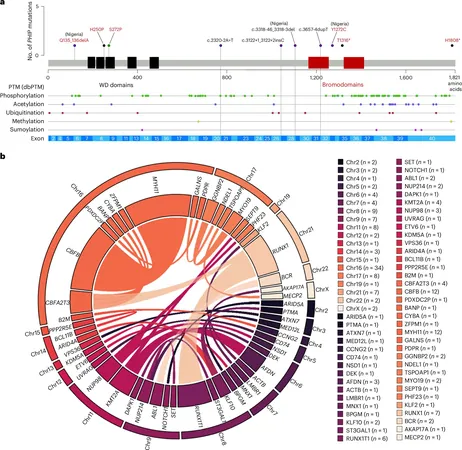
Unraveling the Secrets of Dust and Radiation in 800 Nearby Galaxies: A Game-Changer in Astrophysics!
2024-10-08
Author: Li
Introduction
In a groundbreaking study, researchers have conducted detailed investigation into the dust properties and interstellar radiation fields of approximately 800 galaxies located in our cosmic neighborhood. Utilizing advanced 3.6-250 μm dust spectral energy distribution (SED) fitting techniques, they have unveiled crucial insights into the behavior of dust mass, polycyclic aromatic hydrocarbons (PAHs), and radiation fields that shape these galaxies.
Key Findings
The key findings reveal a fascinating correlation between the average interstellar radiation field (U) and two other critical metrics: stellar mass surface density (Σ*) and star formation rate surface density (ΣSFR). Notably, while the general radiation field shows a consistent relationship with the mass density of stars, only the more intense radiation fields maintain a significant correlation strictly with the star formation rate.
PAHs and Their Environment
Perhaps one of the most intriguing outcomes of this study is the discovery that the fraction of dust existing as PAHs (denoted as qPAH) decreases sharply with increasing ΣSFR. This trend suggests that PAH molecules face destruction in high-energy environments, such as H II regions where new stars are born. Furthermore, it has been observed that the integrated qPAH across galaxies negatively correlates with specific star formation rate (sSFR) and is offset from the star-forming "main sequence" (ΔMS). These relationships imply that both the metal content of galaxies and the intensity of star formation significantly influence the global PAH content.
Dust Mass and Stellar Mass Ratio
An interesting observation made by the researchers is the relatively constant ratio of dust mass to stellar mass (Md/M*) for galaxies situated on the main sequence. In contrast, more quiescent galaxies exhibit a lower ratio, likely due to their diminished gas reserves. To assist in predicting radiation field distributions in both resolved and integrated galaxies, the team has developed specific methodologies based on their findings.
Methodologies and Validation
The researchers further validated their methodologies by comparing their predicted U values with existing SED fitting results for stacked "main sequence" galaxies observed between redshifts 0 and 4, referencing work by Béthermin et al. (2015). Remarkably, they found that sSFR serves as a reliable predictor of U, even in the distant universe.
Accessibility of Findings
To ensure wide access to their findings, the team is set to share their detailed results along with matched-resolution maps from the Wide-field Infrared Survey Explorer (WISE) and Herschel Space Observatory via the InfraRed Science Archive (IRSA).
Conclusion
This comprehensive research not only enhances our understanding of dust and its interaction with radiation in galaxies but also opens doors for further explorations in the dynamic processes of galaxy evolution. Stay tuned, as this could be just the tip of the iceberg in our quest to decode the universe’s mysteries!



 Brasil (PT)
Brasil (PT)
 Canada (EN)
Canada (EN)
 Chile (ES)
Chile (ES)
 España (ES)
España (ES)
 France (FR)
France (FR)
 Hong Kong (EN)
Hong Kong (EN)
 Italia (IT)
Italia (IT)
 日本 (JA)
日本 (JA)
 Magyarország (HU)
Magyarország (HU)
 Norge (NO)
Norge (NO)
 Polska (PL)
Polska (PL)
 Schweiz (DE)
Schweiz (DE)
 Singapore (EN)
Singapore (EN)
 Sverige (SV)
Sverige (SV)
 Suomi (FI)
Suomi (FI)
 Türkiye (TR)
Türkiye (TR)